Imagery is one of the most important and versatile aspects of fiction. Especially in fantasy, we tend to default to symbolizing goodness with light and evil with darkness. Just consider Star Wars (which I classify as space fantasy). Not only are the villains aligned with the literal dark side, but the major bad guys—Darth Vader, Palpatine, even some stormtroopers—are decked out in black. Anakin’s clothes start out as tan and light colors but slowly turn darker as he approaches his alliance with the dark side itself. Visually, this can be fantastic shorthand, and not just in movies. We use it in fiction all the time, too.

Outside of the black-and-white, good-and-bad binaries, though, darkness embodies uncertainty, and uncertainty makes us uncomfortable. What could be more uncertain and uncomfortable than the prospect of what happens to us after we die? It’s a question people have been wrestling with for millennia, as evidenced by the some of the stories that have survived thousands of years. One of the most well known in the western world is the Greek myth of Persephone, sometimes known as Proserpina or Cora.
Together with her mother, Demeter, Persephone represents the natural agricultural cycle—the planting and sprouting of seeds followed by the maturation of the harvest. The last piece of the cycle, the coming of winter and dormancy of the natural world, comes later on, following Hades’s abduction of Persephone (courtesy of the earth splitting open and a golden chariot). In her grief for her missing daughter, Demeter ceases to perform her godly duties and allows the earth to wither.
When Zeus realizes he must intervene, he sends other gods as messengers to Demeter, but Demeter doesn’t listen. “Never would she let the earth bear fruit until she had seen her daughter” [1]. And so Zeus sends Hermes to retrieve Persephone from the underworld, but not before Hades gives her a pomegranate seed to eat, ensuring she must return to him. Rhea tells Demeter of the compromise:
Come once again to the halls of the gods where you shall have honor,
Where you will have your desire, your daughter, to comfort your sorrow
As each year is accomplished and bitter winter is ended.
For a third part only the kingdom of darkness shall hold her.
For the rest you will keep her, you and the happy immortals. [2]
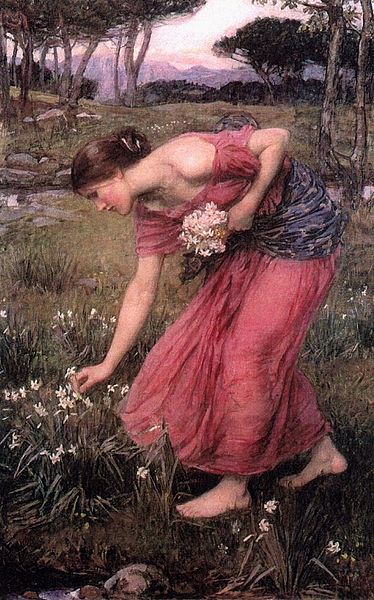
Though Persephone is allowed to live with her mother for two-thirds of the year, she must return to the underworld for the remaining four months. “In Homer the underworld is vague, a shadowy place inhabited by shadows. Nothing is real there. The ghosts’ existence, if it can be called that, is like a miserable dream.” [3] What must it be like to be like to be mistress of such a place?
 I think that’s one of the questions more modern fiction, in the form of retellings and adaptations of Persephone’s tale, likes to explore. Roshani Chokshi’s The Star-Touched Queen is a fantasy novel that’s inspired by India and Indian mythology [4], but because every culture has myths exploring the mystery of death, there are obvious similarities to Persephone’s story. The Star-Touched Queen tells the story of Mayavati, the princess of Bharata, whose fate is to be married to death and destruction. In an effort to escape war and almost certain death, Maya pledges herself to Amar, lord of Akaran, “a kingdom of impossible power” and “a kingdom that all nations feared.” All too soon, Maya realizes that Akaran is really Naraka, the realm of the dead, and Amar is “the lord of justice in the afterlife” [5]. As the story goes on, she must learn how to trust the man who decides fates and how she fits into his world.
I think that’s one of the questions more modern fiction, in the form of retellings and adaptations of Persephone’s tale, likes to explore. Roshani Chokshi’s The Star-Touched Queen is a fantasy novel that’s inspired by India and Indian mythology [4], but because every culture has myths exploring the mystery of death, there are obvious similarities to Persephone’s story. The Star-Touched Queen tells the story of Mayavati, the princess of Bharata, whose fate is to be married to death and destruction. In an effort to escape war and almost certain death, Maya pledges herself to Amar, lord of Akaran, “a kingdom of impossible power” and “a kingdom that all nations feared.” All too soon, Maya realizes that Akaran is really Naraka, the realm of the dead, and Amar is “the lord of justice in the afterlife” [5]. As the story goes on, she must learn how to trust the man who decides fates and how she fits into his world.
A lot of times, when we retell myths or write stories inspired by them, we give more agency to the female characters, which is part of the reason we keep returning to them. As for why Persephone’s story in particular commands such attention, I think it has a lot to do with the liminal darkness of the underworld and the discomfort it inspires. We grow stagnant if we stay in one place for too long. Discomfort pushes us to change, and Persephone’s story is a clear representation of that process.
[1] Hamilton, Edith. Mythology: Timeless Tales of Gods and Heroes. Warner Books, 1999. 53.
[2] Ibid., 54.
[3] Ibid., 39-40.
[4] “Questions about The Star-Touched Queen.” Goodreads, https://www.goodreads.com/questions/766624-is-there-an-indian-myth-or-fairy-tale-this. Accessed 10 Aug. 2018.
[5] Chokshi, Roshani. The Star-Touched Queen. St. Martin’s Press, 2016. 171.
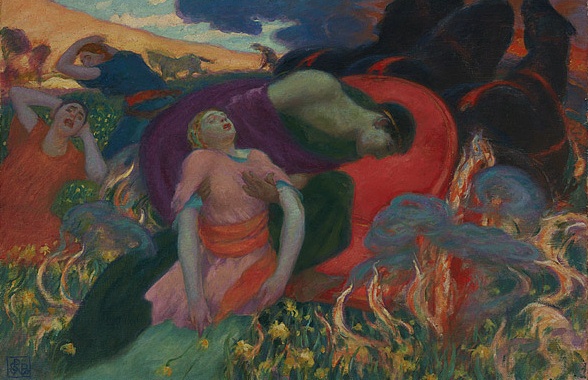






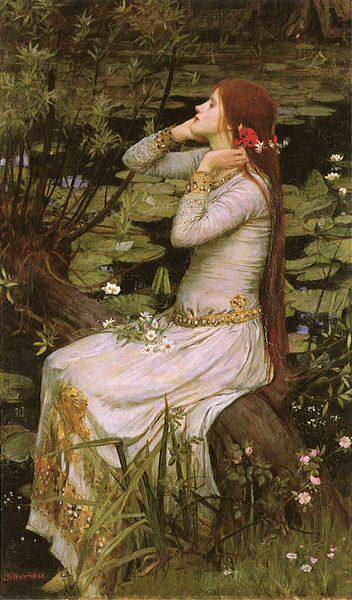
 The passivity of Ophelia’s death coupled with later statements in the play that suggest it was far from an accident leave us with ambiguity. Did she fall, as Gertrude suggests, and was not in her right mind enough to save herself or even, in fact, realize the danger she was in? Or, as a gravedigger suggests, did she see death as the only way to escape the cage the men in her life had created for her? Either way, her drowning instills discomfort, one Klein attempts to lessen by having her escape it entirely. With her knowledge of herbs and medicines as well as help from Horatio and even Gertrude, she’s able to fake her own death and restart her life in a convent. Though she knows no one outside Elsinore, she can’t get any more alone than she was in the castle. By paying attention to her when no one else does, Klein portrays an Ophelia who is “the author of [her] tale, not merely a player in Hamlet’s drama or a pawn in Claudius’s deadly game.”
The passivity of Ophelia’s death coupled with later statements in the play that suggest it was far from an accident leave us with ambiguity. Did she fall, as Gertrude suggests, and was not in her right mind enough to save herself or even, in fact, realize the danger she was in? Or, as a gravedigger suggests, did she see death as the only way to escape the cage the men in her life had created for her? Either way, her drowning instills discomfort, one Klein attempts to lessen by having her escape it entirely. With her knowledge of herbs and medicines as well as help from Horatio and even Gertrude, she’s able to fake her own death and restart her life in a convent. Though she knows no one outside Elsinore, she can’t get any more alone than she was in the castle. By paying attention to her when no one else does, Klein portrays an Ophelia who is “the author of [her] tale, not merely a player in Hamlet’s drama or a pawn in Claudius’s deadly game.” 
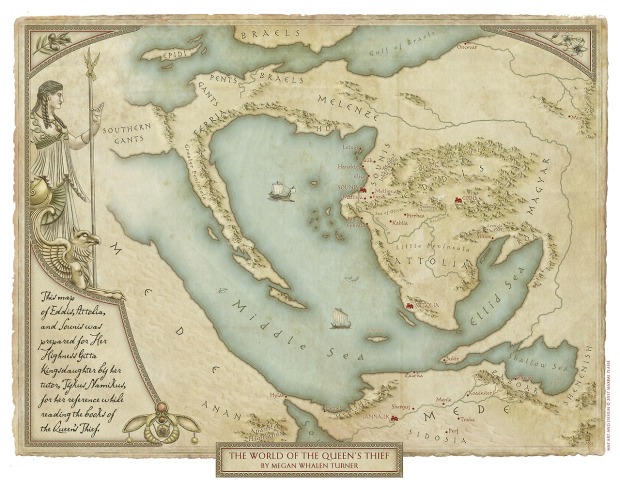
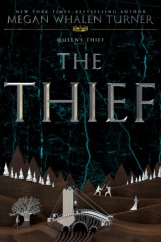 “Standing in the light, surrounded by the dark beyond the lanterns, she seemed lit by the aura of the gods. Her hair was black and held away from her face by an imitation of the woven gold band of Hephestia. Her robe was draped like a peplos, made from embroidered red velvet. She was as tall as the magus, and she was more beautiful than any woman I have ever seen. Everything about her brought to mind the old religion, and I knew that the resemblance was deliberate, intended to remind her subjects that as Hephestia ruled uncontested among the gods, this woman ruled Attolia.” [1]
“Standing in the light, surrounded by the dark beyond the lanterns, she seemed lit by the aura of the gods. Her hair was black and held away from her face by an imitation of the woven gold band of Hephestia. Her robe was draped like a peplos, made from embroidered red velvet. She was as tall as the magus, and she was more beautiful than any woman I have ever seen. Everything about her brought to mind the old religion, and I knew that the resemblance was deliberate, intended to remind her subjects that as Hephestia ruled uncontested among the gods, this woman ruled Attolia.” [1]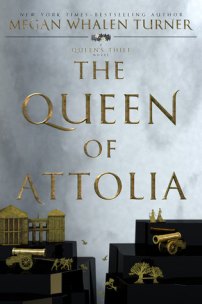 but perhaps she was never given the chance to be.
but perhaps she was never given the chance to be.
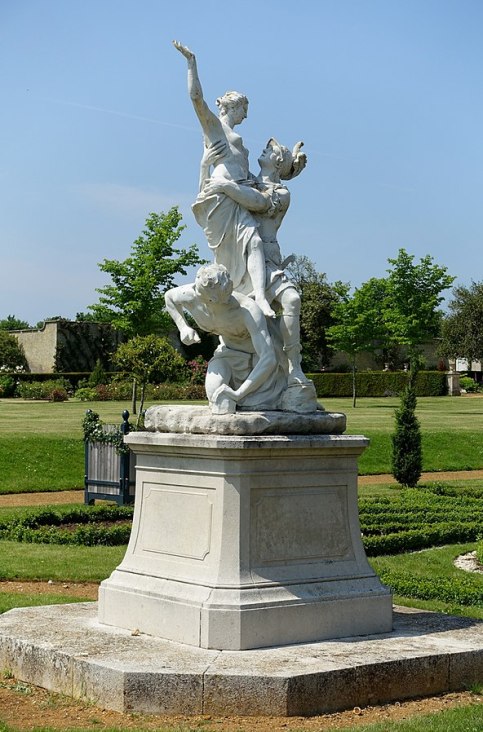



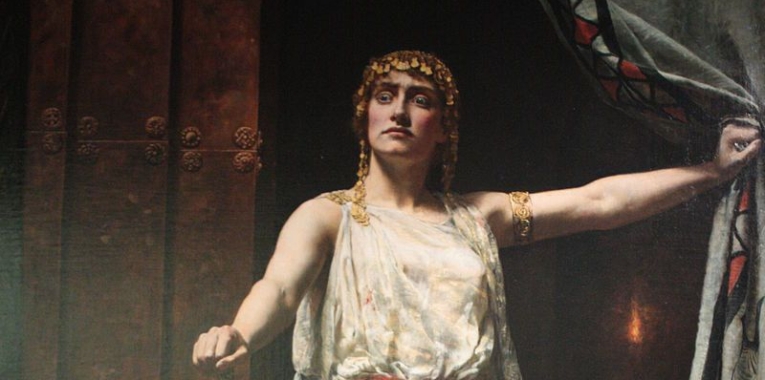


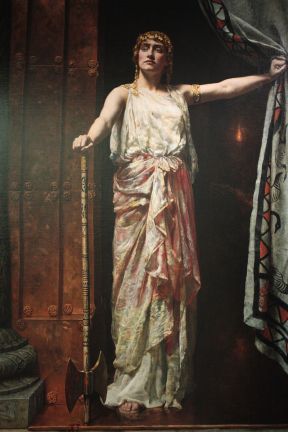




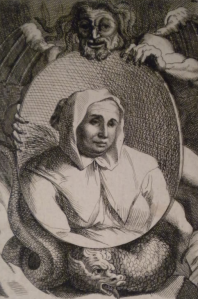
 As a doctor treats Genevieve for a broken arm, he correctly guesses she’d been injured by a man and says, “If it had been one of your witches, now, you wouldn’t have lived out the week, and there wouldn’t be a mark to show.”
As a doctor treats Genevieve for a broken arm, he correctly guesses she’d been injured by a man and says, “If it had been one of your witches, now, you wouldn’t have lived out the week, and there wouldn’t be a mark to show.” 
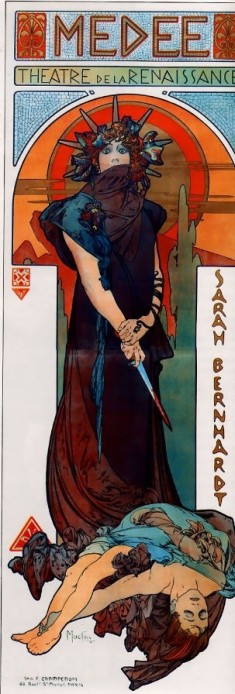



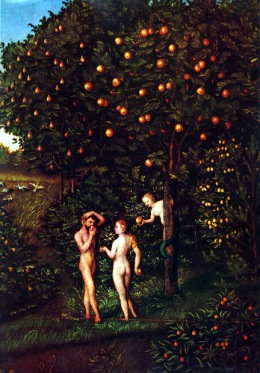

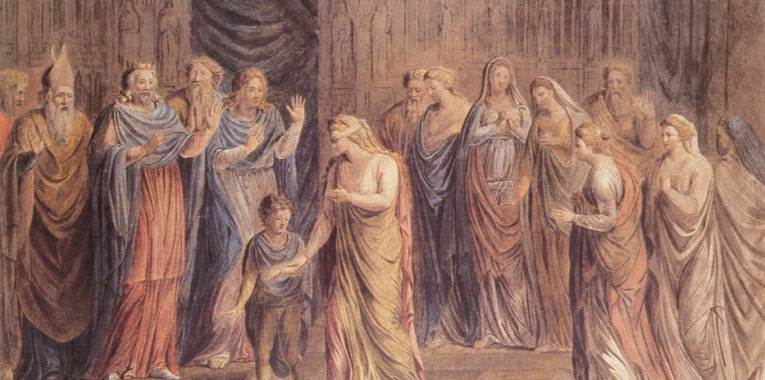
 hadow on the Crown is the first book in Patricia Bracewell’s trilogy about the real-life Emma of Normandy, who was queen of England twice over. Emma was married off to King Æthelred of England in 1002 by her brother Richard, the duke of Normandy, to form an alliance they hope will keep the Danes away from their shores. Although Æthelred’s first wife was only a consort, Richard makes Emma’s crowning a requirement of the treaty.
hadow on the Crown is the first book in Patricia Bracewell’s trilogy about the real-life Emma of Normandy, who was queen of England twice over. Emma was married off to King Æthelred of England in 1002 by her brother Richard, the duke of Normandy, to form an alliance they hope will keep the Danes away from their shores. Although Æthelred’s first wife was only a consort, Richard makes Emma’s crowning a requirement of the treaty. bearing children confers power on women in general and on queens in particular, it’s a power that isn’t absolute. Æthelred’s first wife dies in childbirth, and Bracewell mentions that Emma’s own mother had lost three children in addition to giving birth to eight surviving ones. Emma’s rival for the king’s affections, Elgiva, knows that if Emma has a child, it will reinforce her standing as queen. When Emma becomes pregnant, Elgiva has her waiting woman slip poison into Emma’s wine to cause her to miscarry. There is no easily available source for Emma experiencing a miscarriage, so it’s safe to say this is a fictional part of historical fiction. However, the point stands. Forcing Emma to miscarry is a way for Elgiva to take Emma’s power away and to assert her own.
bearing children confers power on women in general and on queens in particular, it’s a power that isn’t absolute. Æthelred’s first wife dies in childbirth, and Bracewell mentions that Emma’s own mother had lost three children in addition to giving birth to eight surviving ones. Emma’s rival for the king’s affections, Elgiva, knows that if Emma has a child, it will reinforce her standing as queen. When Emma becomes pregnant, Elgiva has her waiting woman slip poison into Emma’s wine to cause her to miscarry. There is no easily available source for Emma experiencing a miscarriage, so it’s safe to say this is a fictional part of historical fiction. However, the point stands. Forcing Emma to miscarry is a way for Elgiva to take Emma’s power away and to assert her own.
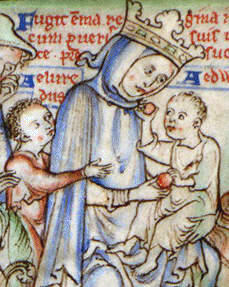 he few forms of power available to them can be inspiring to read about.
he few forms of power available to them can be inspiring to read about.